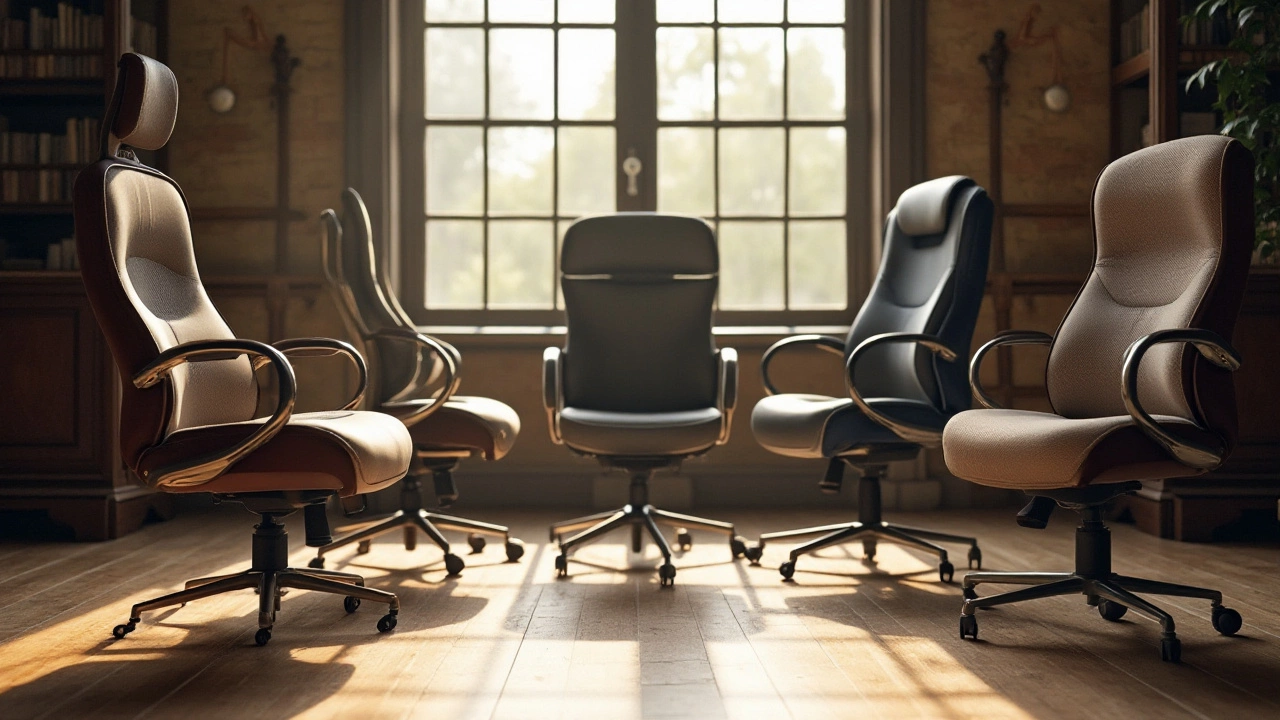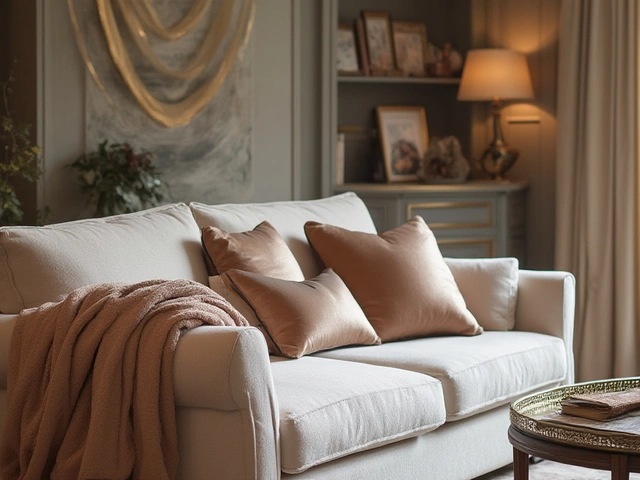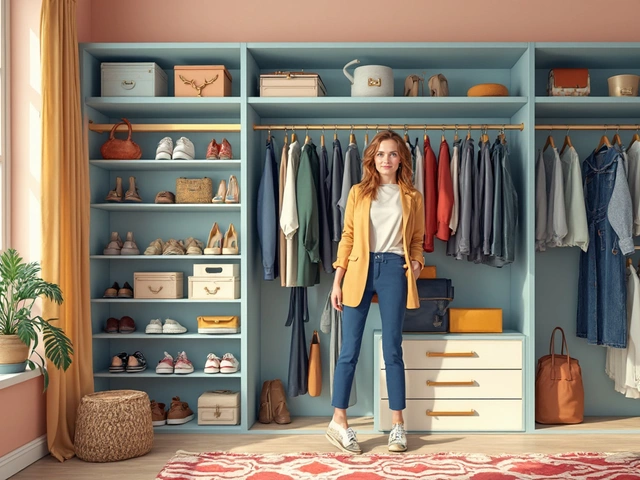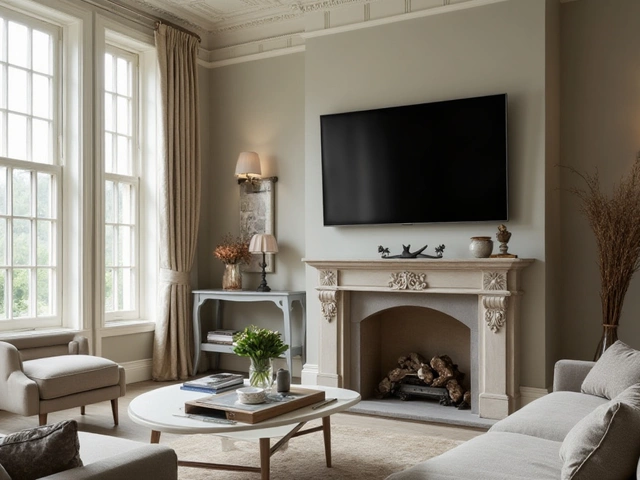Computer Work Furniture: How to Choose the Right Desk, Chair and Storage
If you spend hours at a screen, the right furniture makes a huge difference. A good desk keeps your monitor at eye level, a supportive chair protects your back, and smart storage stops clutter from stealing focus. Below you’ll get straight‑to‑the‑point advice that works in any classroom, office or home study.
Choosing the Right Desk for Computer Work
First, think about surface size. You need enough room for a monitor, keyboard and maybe a notebook, but you don’t want a giant slab that crowds the room. A desk about 120 cm wide and 60 cm deep fits most setups and leaves space for a lamp or a cup of tea.
Height is the next big factor. When you sit, your elbows should form a 90‑degree angle while typing. Most desks sit around 73 cm high, which works for people 5’5"–6’ tall. If you’re outside that range, look for an adjustable‑height desk. Raising the surface to stand can also cut fatigue, and many schools now offer sit‑to‑stand models.
Material matters for durability. Solid wood looks great but can be heavy and pricey. Laminated particleboard with a melamine finish is cheap, stable and easy to clean—perfect for busy classrooms. Metal frames add strength and can hold more weight if you plan to add extra monitors.
Picking an Ergonomic Chair and Smart Storage
When it comes to chairs, back support is non‑negotiable. Look for a seat that follows the natural curve of your spine and a lumbar pad you can adjust. A height‑adjustable seat ensures your feet rest flat on the floor, which improves circulation.
Seat depth should let you sit back with a 2–3 inch gap between the back of your knees and the seat edge. If you’re taller than 6’2", a chair with a deeper seat or a split‑back model helps keep your hips aligned.
Armrests aren’t just a luxury; they keep shoulders relaxed while you type. Adjustable arms that move up, down and sideways let you find a comfortable position without hunching.
Storage doesn’t have to be a separate piece. Look for desks with built‑in drawers or a low shelf under the work surface. A single drawer for stationery and a small cabinet for books keeps the top clear for the monitor and keyboard.
If you need more space, add a mobile rolling cart. It slides under the desk when not in use and can hold a printer or extra paperwork. Choose wheels that lock to avoid accidental movement.
Finally, test the setup before you buy. Sit at the desk, adjust the chair, and make sure you can reach everything without stretching. A few minutes in the store can save you weeks of discomfort later.
By matching the desk height, surface size, chair support and storage to your body and work style, you’ll create a computer work zone that feels natural and stays organized. Your back, eyes and productivity will thank you.





